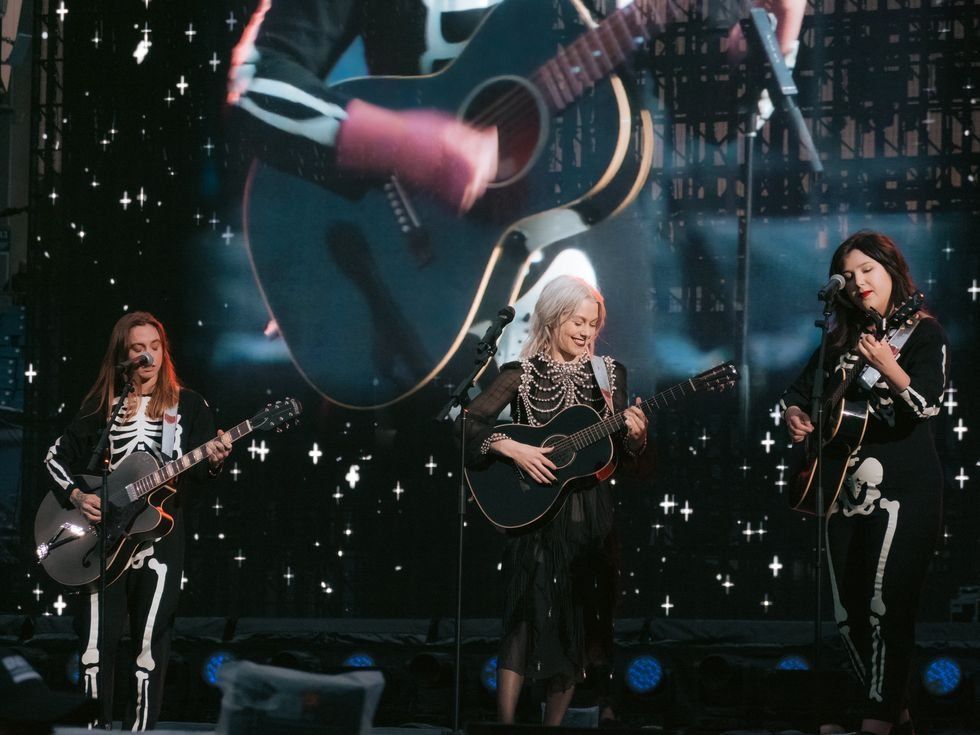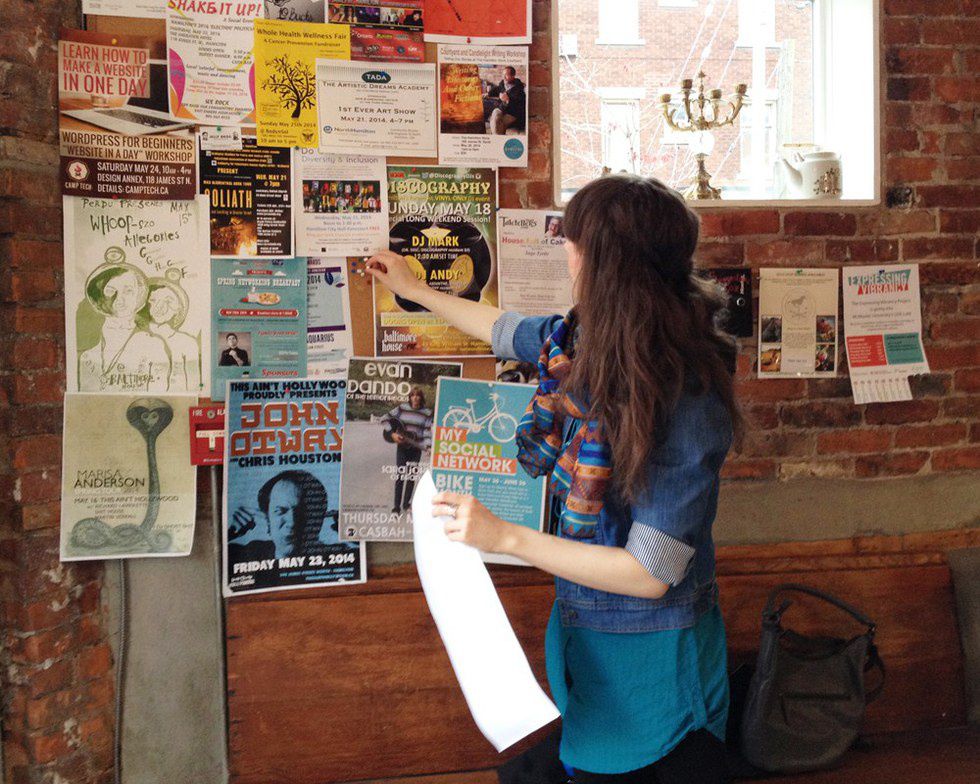In a city where space is limited and congestion is inevitable, resource-sharing maximizes fluidity, both physically and financially. It makes use of space that would not have been used otherwise, but it is simultaneously being accused of withdrawing business from traditional resources. The epitome of this paradox is the ride-hail services like Uber and Lyft that are in the same market as city-owned taxis.
I first took a traditional yellow taxi at the end of April from Murray Hill to Clinton Street Baking Co. in LoHo. My friends and I decided that a taxi would be more convenient than taking the subway or bus because even the closest stations, the 456, were more than four avenues away from our starting point, and getting to our destination would have required walking four more avenues or transferring to the F or JMZ. It was a Friday afternoon, and by a parking garage on 1st Ave, a relatively low-key major road, we were able to hail a taxi within five minutes of attempting. The driver was welcoming but not stiffly polite; he asked for our destination, and when we told him the name of the place—a pretty well-known destination for foodies at least—he did not recognize it, so we had to use our smartphones to Google the address for him. For this particular driver, the intersection was more helpful than the actual street address, and one of us pulled the location up on Google Maps to tell him. It was not an unpleasant ride, in which we were able to talk amongst ourselves without feeling awkward and we were given the option of which radio station to listen to. The trip took less than ten minutes, and the fare was just over $11 for four people; we gave him about $4 tip.
Although I wanted my ride-hail trip to be as similar to my traditional taxi trip as possible to better compare them, the opportunity didn’t arise to travel another route on the East Side on a Friday afternoon. Rather, my Uber experience was on a Saturday night in early May with four other friends, for a trip from Washington Heights to Brooklyn College. We knew that the subway would take over an hour—almost two hours—and that to take a taxi, we would need to hail an SUV or minivan, not a sedan. One of us already had Uber and suggested that one of us who didn’t already have the Uber app reserve an UberXL (for more passenger space) to get a first-time user discount so that each of would only have to pay $7 for a ride that was estimated to take roughly twenty-five minutes. In this $7, as with all Uber trips, tip is included, so we only had to worry about the initial credit card payment. The UberXL stopped right in front of the apartment building so that we didn’t have to scout it on a main road to which we would have to walk. Our particular driver was polite and kept to himself, but also allowed us to choose whatever radio station we pleased and converse without feeling awkward. Because we had already input the destination address through the app, the driver had already had time to look at it thoroughly and program his GPS by the time we were situated in the car. We arrived at our destination just under the estimated time, and we exchanged friendly farewells.
From my experiences, I do not think that competition is a substantial concern for the motor vehicle transportation business. Indubitably there is competition that is currently lowering the demand for taxis, but I see the competition as inevitable in our economy and crucial to the growth of New York City. Cities are meant to change and grow through this change by adapting. It’s even more inevitable in a competitive market in which the relative freedom to enter markets with new ideas creates competition that incentivizes suppliers to continually improve upon current situations. Right now it may be that the taxis are losing business, but this, in turn, should drive the citywide taxi organization to rejuvenate its services in an attempt to gain the competitive edge over these new ride-hail services. This competition will benefit consumers by spurring creative solutions to congestion and spatial issues to try to appeal to the consumers.
The economic benefit extends to the entire city altogether. While surely Uber and Lyft have taken some business from city taxis, I personally see induced demand from these services more than stolen business. Like Sam Schwartz’s analysis of the effects of GPS and present-time apps in which they opened up a once-complex and exclusive world of public transit to people who had been afraid and unwilling to use it, ride-hailing opens up the world of motor vehicle transportation because of its increased convenience and even opens up the map to new locations where people were unwilling to tread by subway or bus. Rather than New Yorkers’ replacing existing forms of transit with ride-hailing, they will turn to it in times of need for more convenience and safety—direct pickup and dropoff. Because of its convenience, people use it more to take trips that they would not have taken otherwise without it; my friends and I would not have even considered going out to Brooklyn from Washington Heights had Uber not been an option. With more usage of transit in general, the economy flows more smoothly and naturally. These Uber and Lyft drivers, ordinary people who most likely have other jobs, are trying to maximize the usage of their existing assets, and this flow of money helps individuals from the bottom up, with small individual profits accumulating to a larger overall sum for the city.
I see the ride-hail services reaching a friendly equilibrium with traditional taxis as our exposure to their coexistence continues. It is similar to the novelty of personal cars and the suburbs in the mid-20th century: There seems to be chaos in the beginning, with seemingly everyone wanting to try whatever is a new and different option, but after the novelty has worn off and natural competition has regulated the market, the new and the old merge toward each other and balance out the system. There will be people with stubborn preferences toward one or the other, but there will always be people who choose accordingly because they realize that each system has its pros and cons and their decisions will depend on the current situation. Regardless of what people choose, the emergence of competition between the two services has evoked our efforts to push forward to a more diverse, more adaptable, and more equitable New York City.






 Energetic dance performance under the spotlight.
Energetic dance performance under the spotlight. Taylor Swift in a purple coat, captivating the crowd on stage.
Taylor Swift in a purple coat, captivating the crowd on stage. Taylor Swift shines on stage in a sparkling outfit and boots.
Taylor Swift shines on stage in a sparkling outfit and boots. Taylor Swift and Phoebe Bridgers sharing a joyful duet on stage.
Taylor Swift and Phoebe Bridgers sharing a joyful duet on stage.













